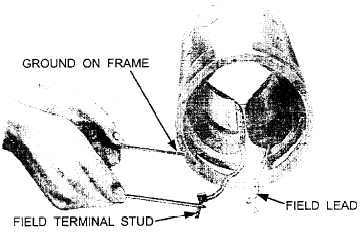
Figure 2-15. - Disassembled view of a two-brush generator.
TESTING FIELD COILS. - To test the generator field, you must disconnect the grounded ends from the frame. Place one probe of the test lamp circuit on the field terminal end of the coils and the other probe on the grounded end. If the lamp lights, the field circuit is complete. However, because of the resistance in the field coil wire, it should not bum with normal brilliancy. Normal brilliancy of the test light bulb indicates a possible short circuit between the coils of the field. If the light does not burn, the field is open-circuited.

Figure 2-16. - Testing field coils for ground.
A grounded field coil is located by placing one test probe on the field terminal and the other on the generator frame (fig. 2-16). If the test lamp lights, the field is grounded. The ground may be caused by frayed wires at the coil ends. In most cases, grounds and open circuits in the field coils cannot be satisfactorily repaired. The defective field coil must then be replaced.
Test for grounds, shorts, and open circuits in the field coils can also be made with an ohmmeter. The ohmmeter has test probes similar to the test lamp circuit. When these test probes are connected to the field coil ends, the ohmmeter will measure the actual resistance of the coil. If the specified resistance of a field coil is given in the manufacturer's manual, also obtained by measuring a new coil, you can compare values obtained through tests. For example, a short-circuited field coil would have practically no resistance and the ohmmeter would register near zero; or the ohmmeter would register excessively high resistance in testing a coil having an open circuit. By
Continue Reading